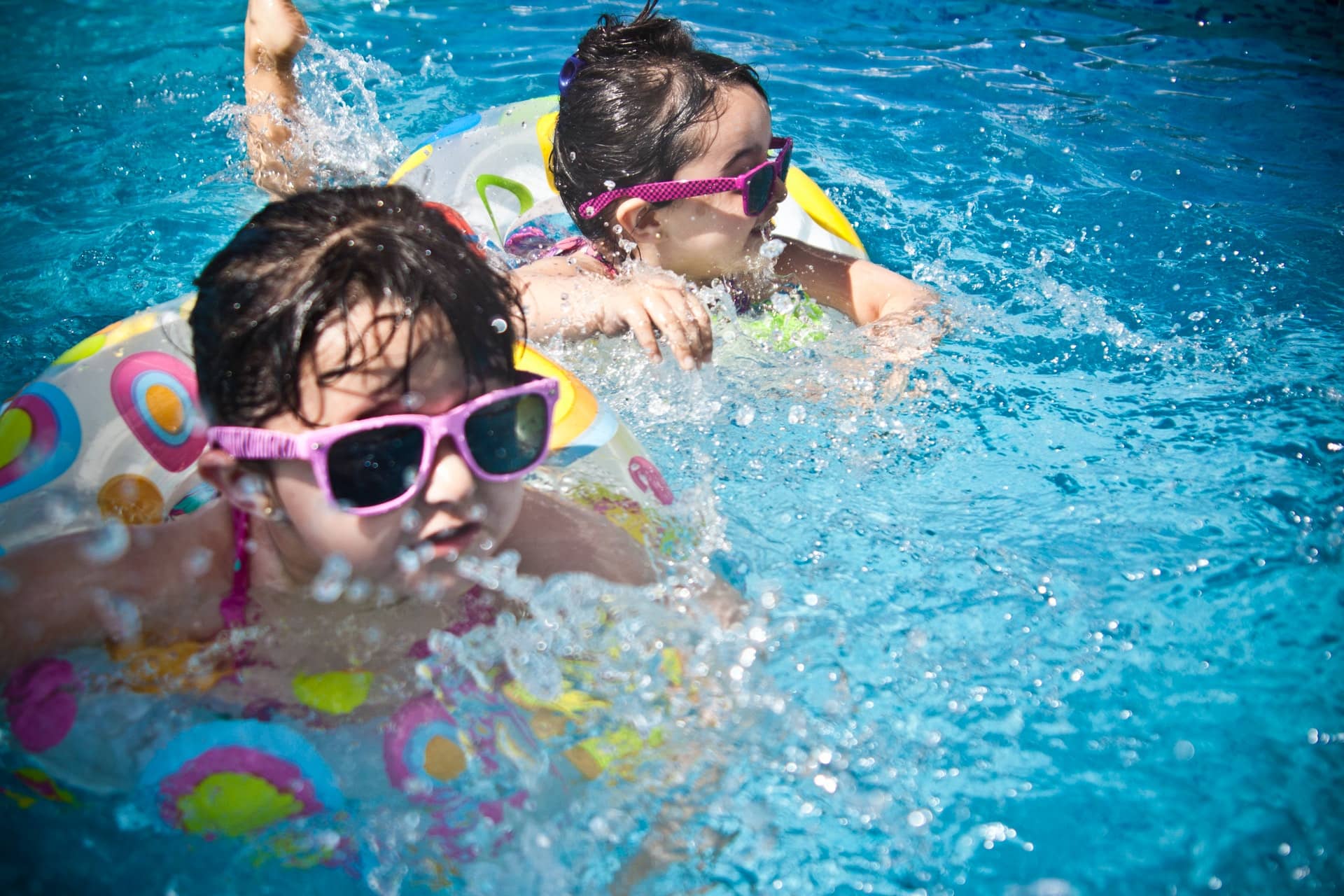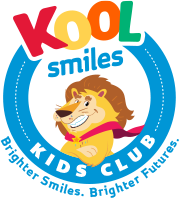
Do You Know How to Tell a Baby Tooth From a Permanent Tooth?
If you know what you’re looking for, it is usually quite easy to tell the difference between baby teeth and permanent teeth. Most kids get their first milk teeth between the ages of six to 10 months.
The very first teeth to erupt into the oral cavity are known as central incisors. There are two of these on upper and the lower jaws. The lower incisors erupt first, and by the time your little one is about two and a half years old, he/she is most likely to have all 20 primary teeth present in the mouth.
Primary Teeth Vs. Permanent Teeth
There are a number of different ways in which you can distinguish between milk (primary) teeth, and the permanent teeth. These include:
Color: Permanent teeth are paler as compared to baby teeth.
Edges: The lower margins of the primary teeth are usually very clean and smooth. However, all permanent teeth have zigzagged margins known as mamelons. These help the teeth tear through the gums when they are erupting into the oral cavity.
Number of teeth:
The primary dentition is comprised of only 20 teeth, which include:
- Four lateral incisors
- Four central incisors
- Four second molars
- Four first molars
- Four cuspids (canine teeth)
The permanent dentition on the other hand, has 32 permanent teeth, including:
- Four third molars (wisdom teeth)
- Four second molars (12-year molars)
- Four first molars (six-year molars)
- Four central incisors
- Four lateral incisors
- Four canines
- Four first premolars
- Four second premolars
Taking Care of Baby Teeth
Contrary to the misconception, even though milk teeth are temporary they still need to be cared for and play a vital role in determining the health of the permanent dentition. They maintain specific places for the secondary teeth. They help babies form their very first words and, later, a major portion of their speech. They also help young children stay healthy and grow stronger by aiding in the chewing and breaking down of solid food.
You can start taking care of your baby’s oral health even before his/her first tooth appears. Simply use a soft wash cloth to wipe the baby’s gums following feeding sessions, or at least twice daily.
Once your child gets his or her first tooth, you can begin using a soft toothbrush and a small amount of fluoride toothpaste. Your child should have a first dentist visit by the time he or she is one year old.
Once the primary teeth start erupting, you can brush your child’s teeth and take him/her to the dentist for routine appointments.
Speak to Our Team Member for Information/Appointment Scheduling
We take pride in the fact that our clinic is a fun, warm, and inviting place where kids can visit without any fear or hesitation. We offer multiple payment options and we accept Medicaid so your child can get the very best in oral healthcare whenever the need arises. Book an appointments today with our Kool Smiles Kids Club partner dentists!
